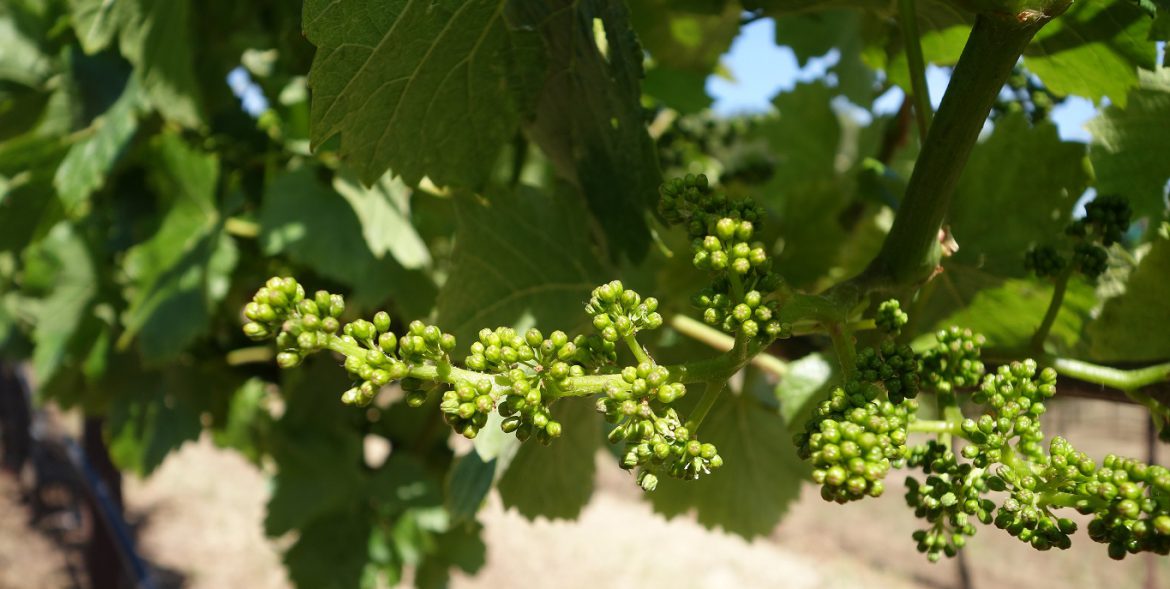
The Connoisseurs’ Guide scores are out for the 2014 Spell Pinot Noirs…
“Cabernet Sauvignon has for a long time been the unchallenged king of California red wine wines, but, if we may borrow from the legendary, right-handed pitcher, Satchel Paige, we would offer a few words of advice to local Cabernet…”don’t look back, something might be gaining on you.” Pinot Noir has its eye on the throne.
It would be hard to argue that any red variety has shown more improvement hereabouts over the last generation than Pinot Noir, and the increasing number of high-quality bottlings of what was once viewed as the most temperamental and difficult-to-tame grape of them all is irrefutable testimony to Pinot’s altogether extraordinary ascendency. We remember when but a handful of serious offerings were available, and, even then, we recall the laments of its makers that it was an especially problematic wine to grow and make. Back in the 1970s, modern pioneers such as Chalone, Mt. Eden, David Bruce and the Santa Cruz Mountain Vineyard ignored the prevailing view that Pinot Noir was unsuited to California climes, and they were followed by Carneros hopefuls Acacia, Carneros Creek and Saintsbury in advancing Pinot’s cause. Still, by the early 1990s, the roster of noteworthy Pinots was short, and then things started to change. The results have been dramatic to say the least.
It has been said that California Pinot’s coming of age has in turn led to Burgundian vintners upping their games, so to speak, and, although that point may be debatable, what is not is that Pinot Noir now occupies a central place in the conversation about fine wines and that the Pinot discussion no longer begins and ends in France. There are far more good Pinots made globally than ever before, yet when looking at the variety’s manifold successes these days, there are relatively few sites in the world where it has genuinely thrived. Outside of the Côte d’Or, only California, Oregon and, to some extent, New Zealand, have proven their mettle as regions capable of creating Pinots of consistently high stature. It is still a demanding, less-than-cooperative grape, and it is thus all the more remarkable that there are so many excellent California Pinots.
It has not been an easy road, but it is one that has attracted a surprising number of determined growers and makers who chose to embark on an uncertain journey. The explorations of new locales and clones, different viticultural practices and cellar techniques take years in refining, and those willing to put in the time and the work necessarily require both a healthy dose of optimism and a long view of the future. And, as good as West Coast Pinot has become, we know very few winemakers content to rest on their laurels. Virtually every one with whom we speak talks of what is next, of new ideas and new methods to make what is good even better, and, if truth be told, we confess that we have always gotten the sense that dedicated Pinot producers were a particular breed of their own.
One of the most striking developments regarding Pinot’s continuing rise and expansion in California of late has been the proliferation of single-vineyard bottlings. It is rare to see a winery with but one or two offerings, and finding as many as a half-dozen or more has become commonplace. While Burgundy’s historical legacy of individual crus no doubt serves as inspiration, it is arguably Pinot’s inherent ability to so keenly reflect its terroir that obliges thought in choosing one over the other. Pinot has become a true connoisseurs’ wine in ways that we would not have guessed when the California wine revolution of the 1970s began, and, if it may not command quite the lavish esteem accorded to Cabernet, its devotees know better.”
original source: Connoisseurs’ Guide to California Wine, Volume 40, Issue 12: October 2016